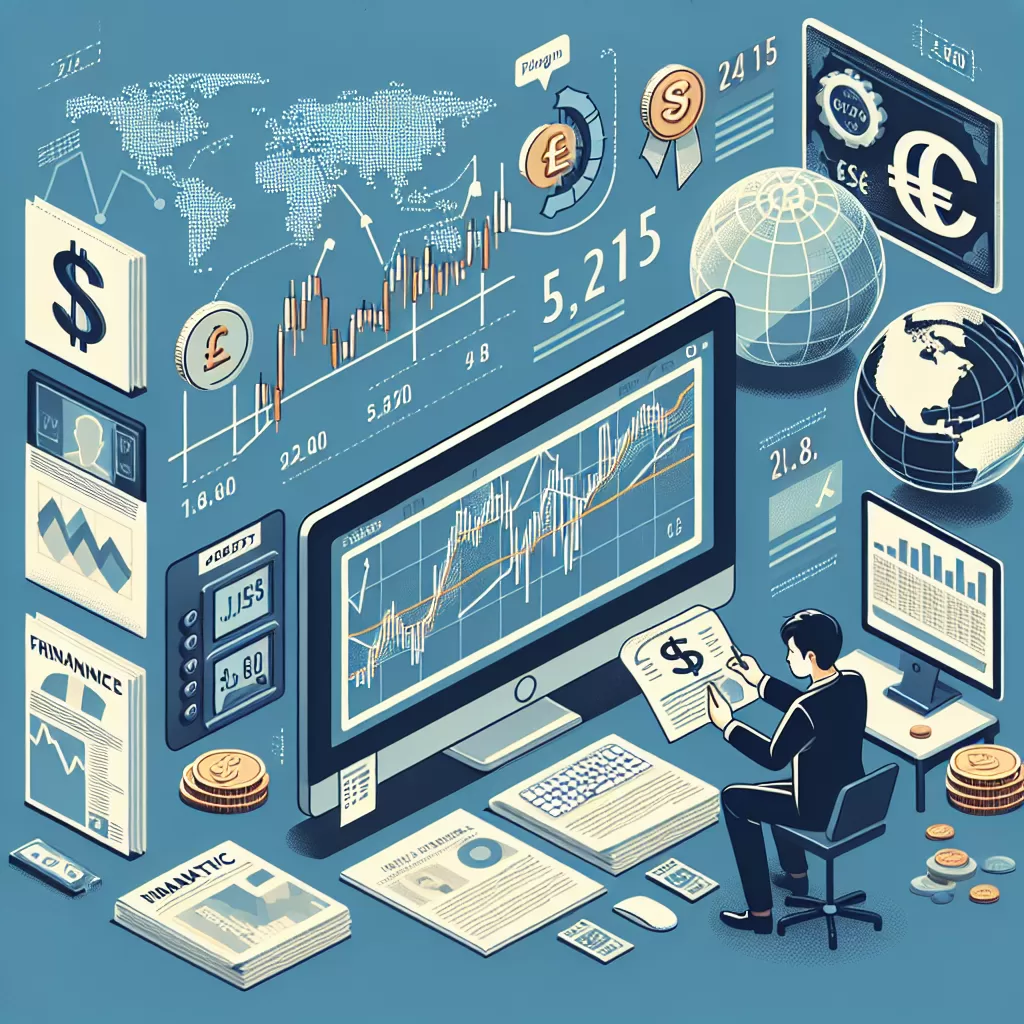How To Forecast Currency Exchange Rates
Follow Currency Mart April 10, 2024
Where to purchase Foreign Currencies?

Introducing the Art of Currency Forecasting
Currency exchange rates are like waves at sea - constantly rising and falling, influenced by a myriad of economic indicators, geopolitical influences, and monetary policies. Mastering the art of forecasting these rates is a complex but rewarding endeavor, enabling individuals to invest wisely, businesses to hedge against future risks, and economies to thrive. This article unravels the key techniques used in predicting currency exchange rates.Learning the Basics of Currency Exchange Rates
Currency exchange rates measure the relative value of one currency against another, serving as a reflection of the economic health and stability of countries worldwide. They are usually quoted in pairs, like USD/CAD, denoting the US dollar's value against the Canadian dollar. Dynamic and volatile, these rates necessitate a deep analysis of various economic indicators to be accurately forecasted.Utilizing Economic Indicators
Economic indicators are statistical data reflecting the overall health of an economy. They include Gross Domestic Product (GDP), inflation, unemployment rates, economic growth, and trade balances. High GDP growth, low inflation, and low unemployment often signal a strong economy, which can lead to an appreciation of the country's currency.Understanding Interest Rates
Central banks worldwide set interest rates, influencing the flow of money. High interest rates attract foreign investors, leading to a rise in the exchange rate. Conversely, lower interest rates may deter investment and cause the exchange rate to fall. Therefore, monitoring central bank decisions is crucial in forecasting currency exchange rates.Assessing Political Stability and Economic Performance
Political events such as elections, changes in government, conflicts, and trade wars significantly impact exchange rates. Additionally, a country's overall economic performance—whether it's undergoing growth, recession, or stagnancy—has a significant influence on its currency value against others.The Role of Market Psychology
The perception and sentiment of traders also influence exchange rates. In times of global tension or economic uncertainty, investors may search for "safe-haven" currencies, causing their value to rise.The Differential Inflation Rate Approach
This forecasting method states that countries with low inflation will see an appreciation in their currency value. It's because their purchasing power increases relative to other currencies.The Relative Economic Strength Approach
Countries with strong, growing economies attract more foreign investors, leading to an appreciation of their currency. This method analyzes the overall economic strength of a country to predict the direction of its currency.Using Forecasting Models in Currency Exchange
Numerous quantitative models are used for forecasting currency exchange rates, including the Purchasing Power Parity (PPP), International Fisher Effect (IFE), and the Monetary Model. These models consider various factors such as inflation, interest rates, and money supply.The Role of Forex Market Brokers and Platforms
Foreign exchange market platforms offer real-time access to currency rates and global markets, besides providing analysis tools to make informed decisions. Brokers can guide individuals through the complexities of the forex market, providing expert advice and offering strategic insights.Conclusion
Forecasting currency exchange rates is a blend of art and science—an art that requires patience and strategic analysis, and a science that relies on economic indicators and forecasting models. With practice and perseverance, one can learn to navigate the exciting realm of currency exchange forecasting effectively. It's a versatile skill worth mastering, whether for personal investment or as part of global financial dynamics.
Where to purchase Foreign Currencies?